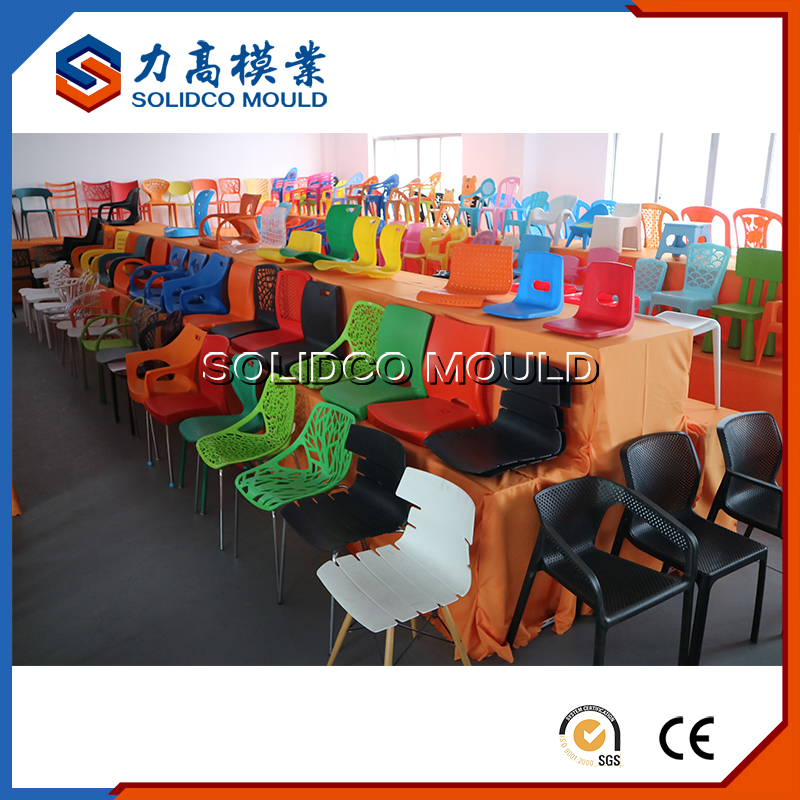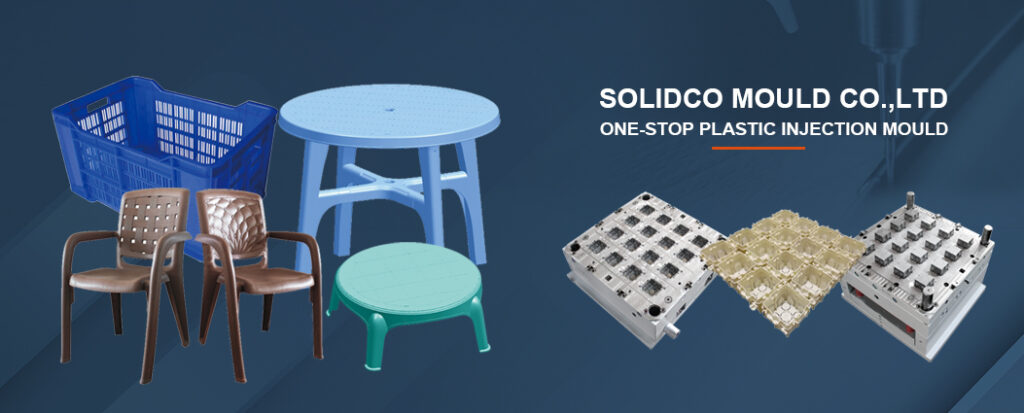Characteristics of exhaust groove design for injection molds
Injection mold Characteristics of exhaust groove design for injection molds Injection mold is a tool for producing plastic products; it is also a tool that gives plastic products complete structure and precise dimensions. Injection molding is a processing method used in the mass production of certain parts with complex shapes. Specifically, it refers to injecting […]
Characteristics of exhaust groove design for injection molds Read More »




